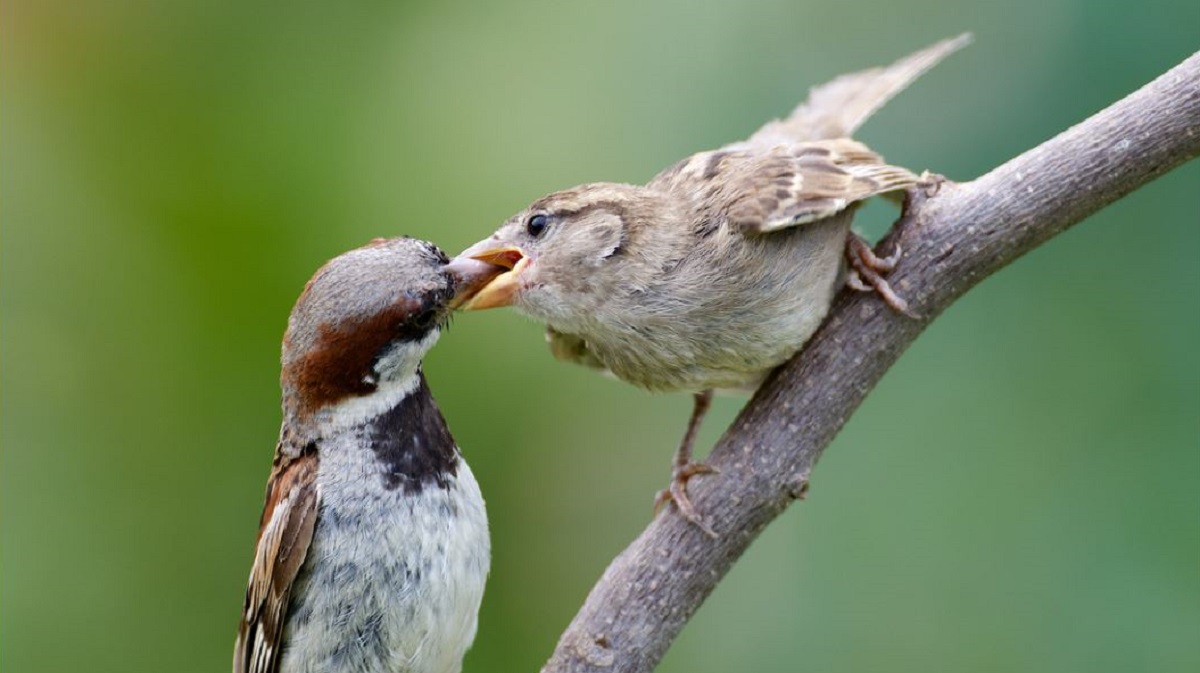New Zealand Birds and Animals
New Zealand is known as the seabird capital of the world and is likewise home to various woods flying creatures that live no place else on Earth.
There are numerous reasons why the feathered creatures of New Zealand are astounding and unique. A great deal of it has to do with the absence of that power that makes a flying creature a flying creature – the capacity to fly!
Flightlessness is just a single trademark adding to the uniqueness of our winged animals. Numerous New Zealand feathered creatures are additionally seemingly perpetual, and have moderate rearing rates, just as little grasp sizes and huge eggs. A few animal varieties are nighttime, and others have an enormous body size. Every one of these highlights have added to their annihilation or decay.

Kiwi
No New Zealand local creature rundown could ever be finished without referencing the nation's most popular winged animal. The kiwi (constantly lowercase, except if you're discussing people) is a serious fascinating little fowl: it's flightless, can live between 25 to 50 years, has hair-like plumes, and has solid legs yet no tail. There are five unique types of kiwi and, due to its solid social nearness, the winged animal is ceaselessly being shielded from eradication.
New Zealand ocean lion
Archeological proof focuses to the way that local ocean lions were once found along the whole length of New Zealand's coast, from the North Island directly down to Stewart Island and the sub-antarctic islands, as well. Sadly, a populace decay has implied that these days these grand marine well evolved creatures are generally bound to the Otago and Southland areas and the sub-antarctic islands. Male ocean lions are darker in shading than females and the species has a life expectancy of 25 years.
Toroa
The toroa is one of the most brilliant and biggest seabirds on the planet. Its wingspan can even develop to upwards of 3 meters! The fundamental rearing province is on the Chatham Islands but on the other hand there's a little settlement close Taiaroa Head close Dunedin. The Royal Albatross Center there is a mainstream vacation destination.
Korimako
The korimako is a birdsong authority. It was a quality that was perceived by Captain Cook himself who portrayed it's singing as "little chimes impeccably tuned". They're likewise honored with a lovely green coat and have a sweet tooth for nectar. They can consistently be found in the Port Hills of Christchurch.
Yellow eyed penguins
Known for being one of the world's rarest penguin species, the hoiho (a.k.a the yellow-looked at penguin) as of late encountered a precarious decrease in home numbers that is to a great extent been credited to human impedance in its common natural surroundings. If you keep a reasonable separation, you can detect these winged creatures on the South Island's Banks Peninsula (close to Christchurch), Stewart Island, and its encompassing zones.
Minimal blue penguins
Coming in at 10 creeps in stature, New Zealand's little blue penguin is eminent for being the world's littlest. These minor critters were once very regular all through the nation, yet many have since moved to the seaward islands on account of predators. Settlements can be found in protected territory harbors, especially in Oamaru and Taiaroa Head, however they by and large possibly come aground when the night sets in.
Kereru
Otherwise called the New Zealand wood pigeon, kereru is an enormous flying creature with a particular white vest just as glistening green plumes on its head. Not at all like a considerable lot of the animals referenced on this rundown, kereru are not imperiled – you can discover them in wherever with forested regions close by. Its wings are known for making a significant noisy sound that resounds along New Zealand's local hedge.
Blueduck
The whio is outstanding amongst other dressed flying creatures in the duck family with its shocking dull blue plumage. So extraordinary and pleased is the whio that it's highlighted on the back of our $10 note (which is additionally blue)! Whio can be spotted close to waterway beds on a considerable lot of the Great Walks in the South Island. You'll additionally discover them in zoos and untamed life holds around the nation.
PIWAKAWAKA
The gymnastic and lively piwakawaka has profound connections to New Zealand with a solid nearness in Maori folklore. In spite of being little they are anything but difficult to spot with their brilliant chest of quills and since a long time ago expanded tail. A typical local winged animals, you'll see them around calm rural areas, nurseries and regions of local shrub.
KAKA
One of the numerous great local parrots in New Zealand is the kaka. They are notable for being quite brassy, even by parrot gauges. A specific diversion is taking travelers' sparkling belongings (you've been cautioned). They home in the emptied out tree trunks and can be found down the West Coast of the South Island. You'll likewise discover them on islands like Kapiti Island and the Barrier Islands.
Weta
Weta are amazing spineless creatures that have been around since ancient occasions. These animals differ incredibly in size, however are effectively perceived by their prolonged bodies, spiked legs and bended tusks. New types of weta keep on being found – the last find was made just shy of 30 years back. By and large, there are 70 known weta species – 16 of which are viewed as jeopardized.
Ensure that you have checked the eligibility for your New Zealand eTA. If you are from a Visa Waiver country then you can apply for an eTA regardless of the mode of travel (Air / Cruise). United States citizens, Canadian citizens, German citizens, and United Kingdom citizens can apply online for New Zealand eTA. United Kingdom residents can stay on New Zealand eTA for 6 months while others for 90 days.
Please apply for a New Zealand eTA 72 hours in advance of your flight.
